Talk Overview
How do we visualize biological samples? In this talk, Dr. Nico Stuurman provides an overview of the different tools, equipment, and software available to acquire an image of a biological sample using a light microscope, and the considerations one needs to take when using these tools. This lecture will allow scientists to understand the principles behind image acquisition in order to improve and optimize the analysis of their sample.
Concepts:
detectors, detector noise, image display, binary image, grayscale values, illumination correction, metadata, file format
Questions
- Lookup Tables (LUTS)
- make it easier to visualize intensity measurements
- can be used to artificially color an image similarly as you would see it through the microscope by eye.
- make it possible to overlay images acquired at different wavelengths
- all of the above
- To acquire high quality image data
- make sure that black and white are clearly showing in the image
- use a 12-bit camera
- use the histogram to ensure that >80% of the available intensity values are represented
- make sure the image looks good on the display
- Preferred file format to save images:
- JPEG
- GIF
- AVI
- TIFF
- The digital numbers in an image represent (choose the most correct answer):
- CCD pixel
- photons emitted from a spatial element in the sample
- the quantum yield of the detector
- color in the sample
Answers
View AnswersSpeaker Bio
Nico Stuurman
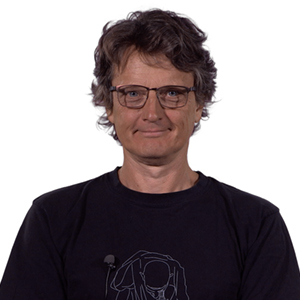
Nico Stuurman is a Research Specialist at the University of California, San Francisco, in the lab of Ron Vale. Nico combines his expertise in computer programming and microscopy to advance many projects including the Open Source software, Micro-Manager. Continue Reading
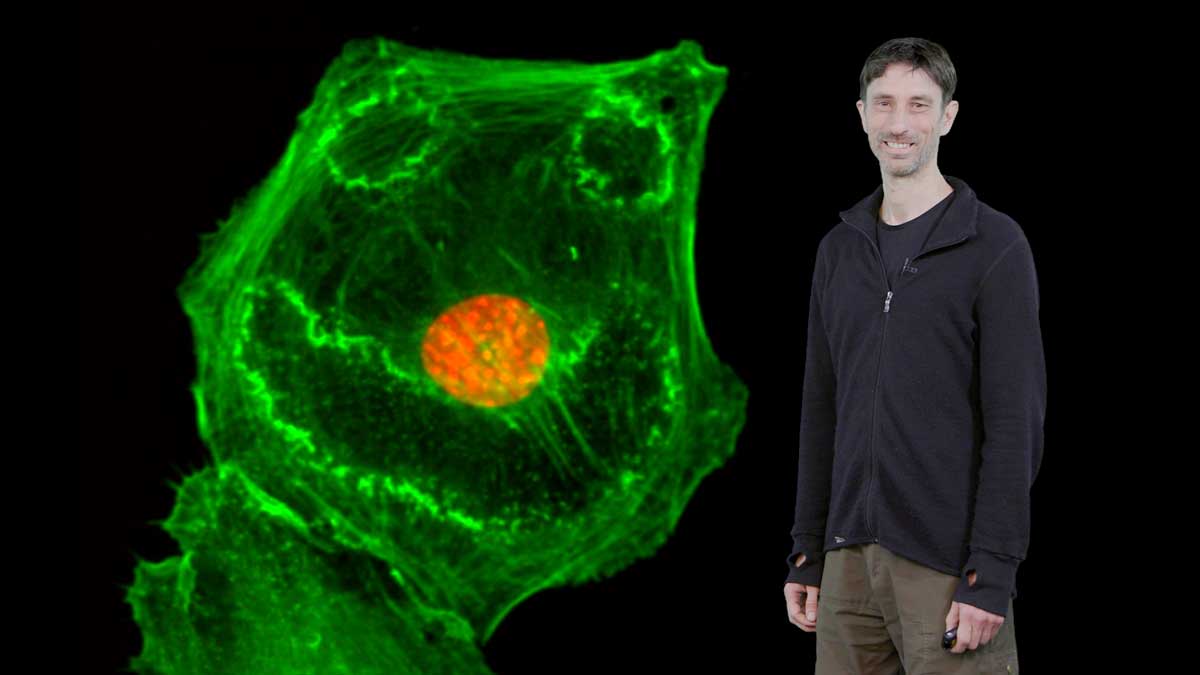
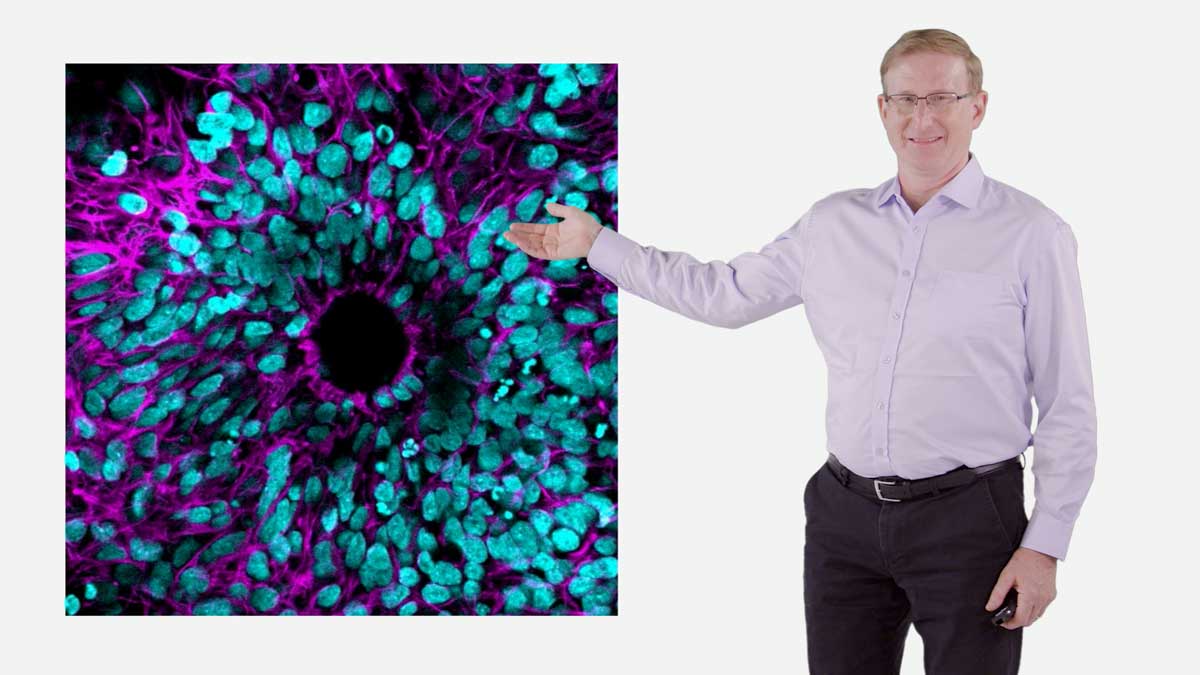
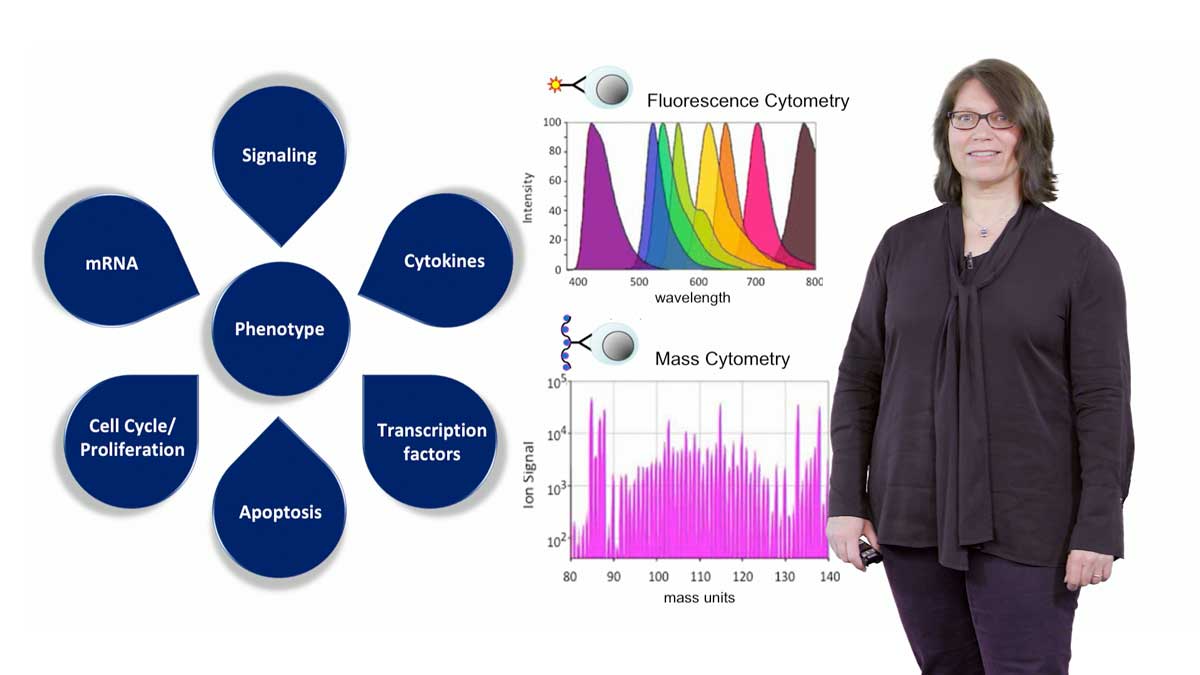
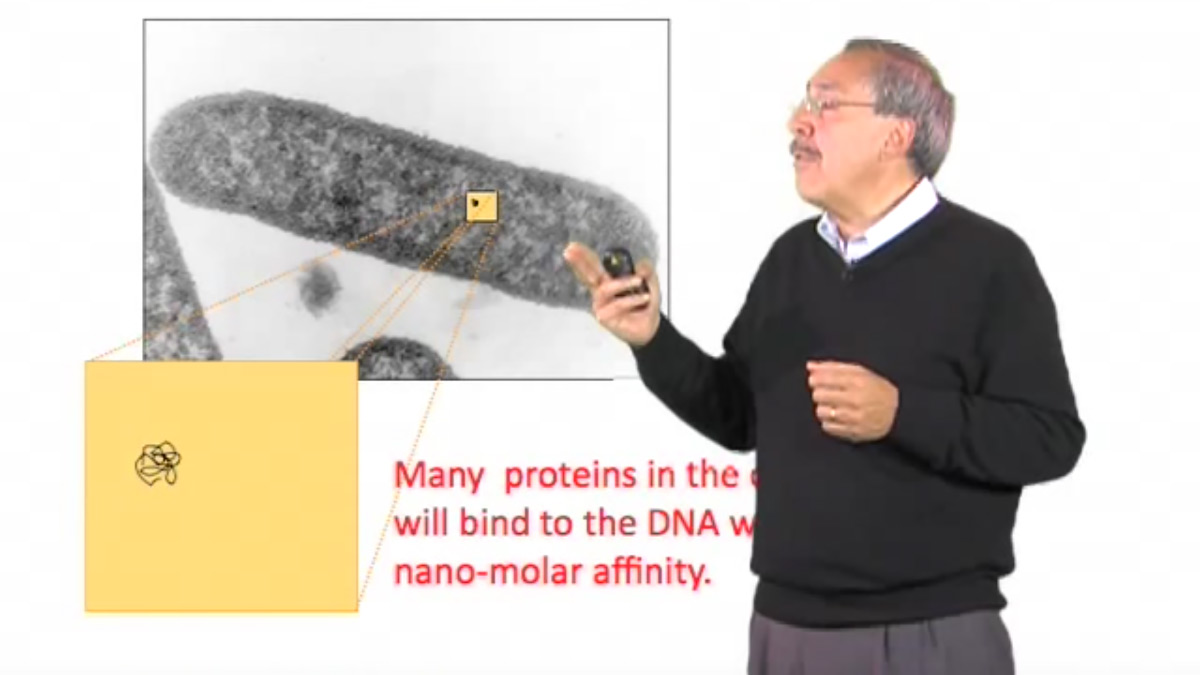
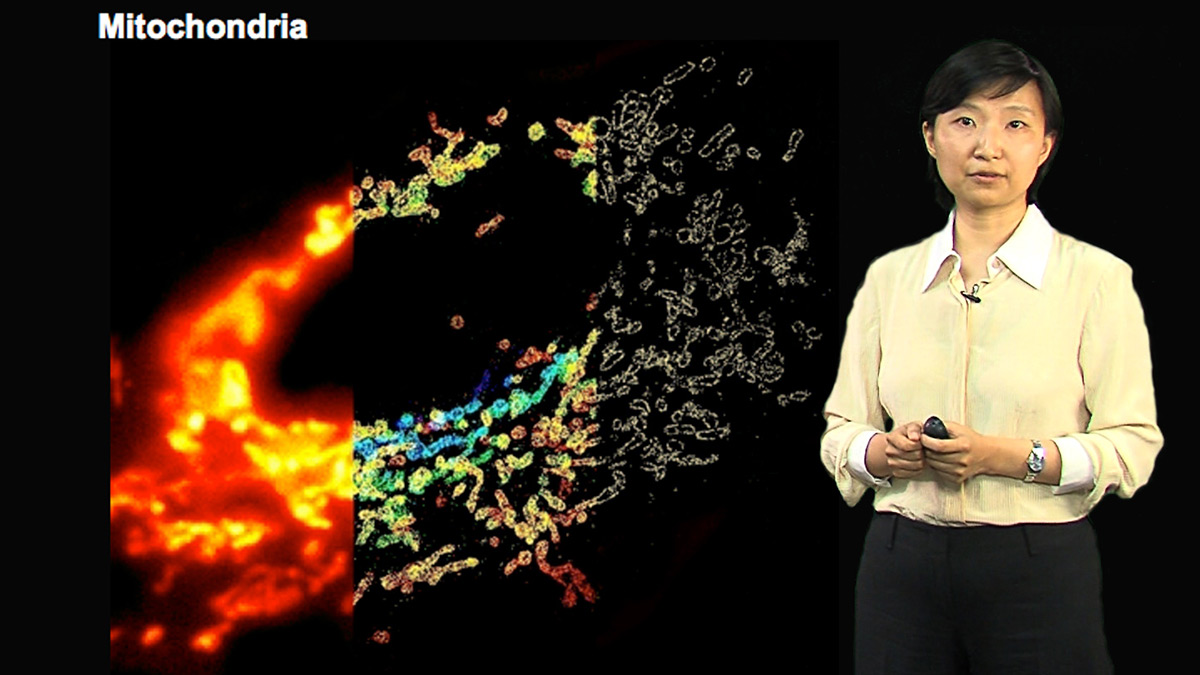
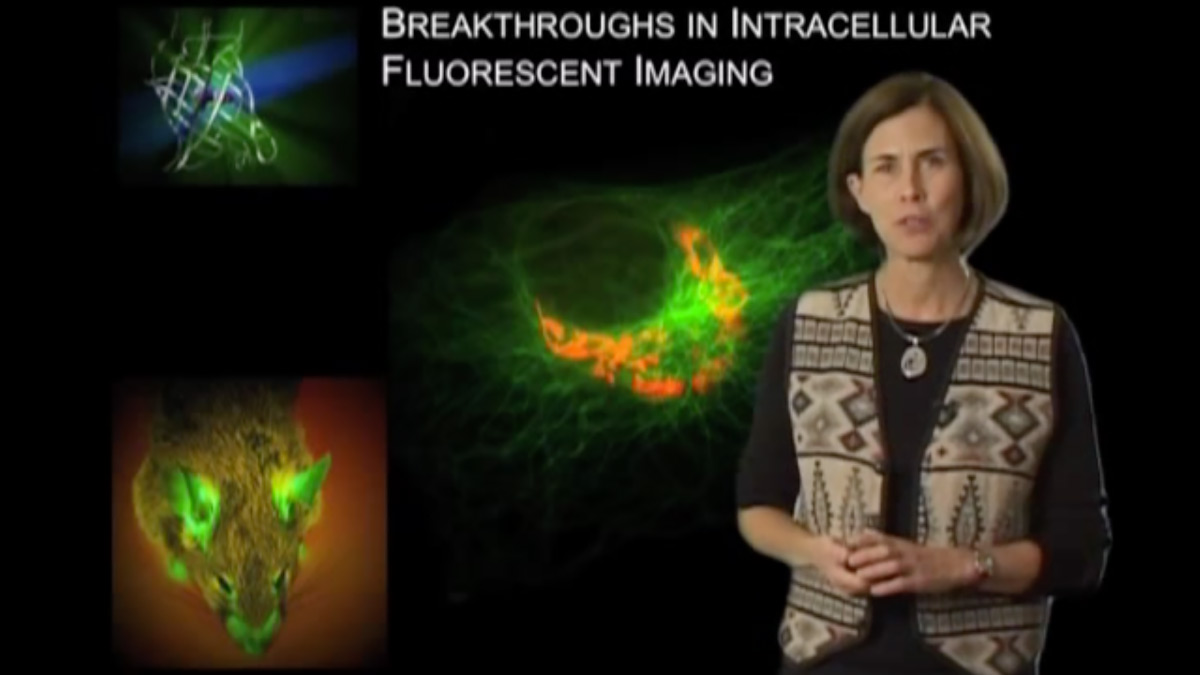
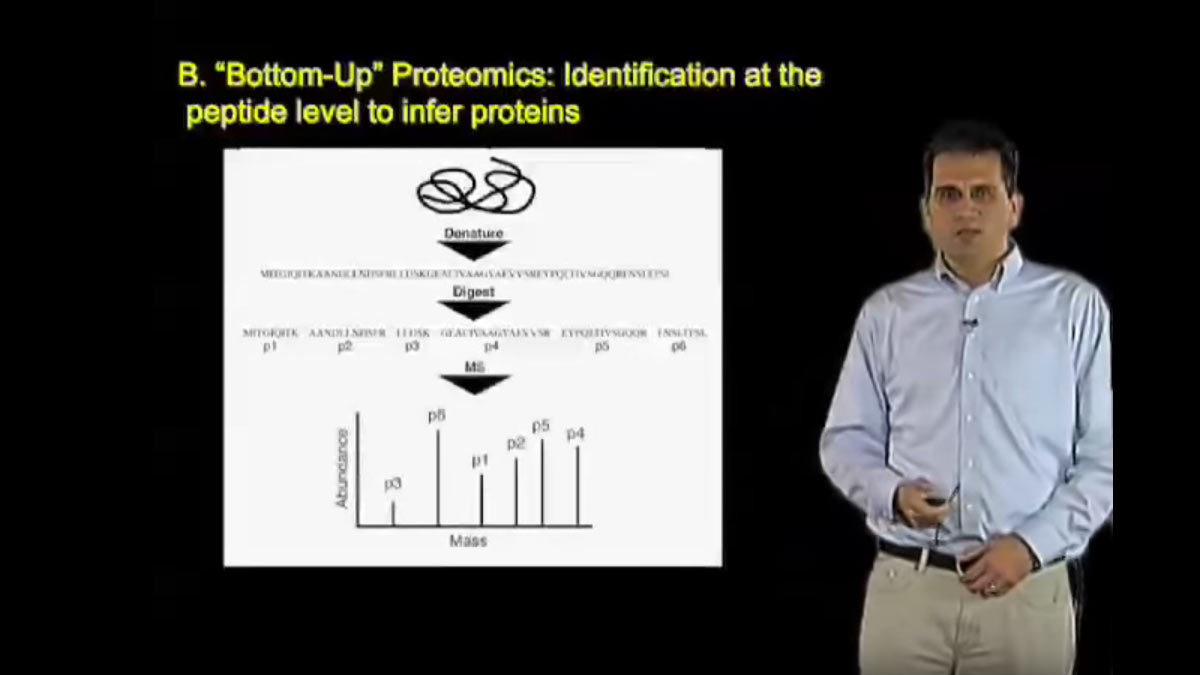





Leave a Reply